-
Posts
4,286 -
Joined
-
Last visited
Content Type
Profiles
Forums
Gallery
Events
Posts posted by Baker
-
-
-
-
-
Nice paint job.
All that gold, i need my 😎 😉
-
-
With the room completely, cleaned, repainted and reorganized. There is time for Mary again.
The cannon deck has been provided with planks in the places where the stairs will come. And has been given a coat of diluted and polished Tamya paint. Little or nothing of all this will be visible later.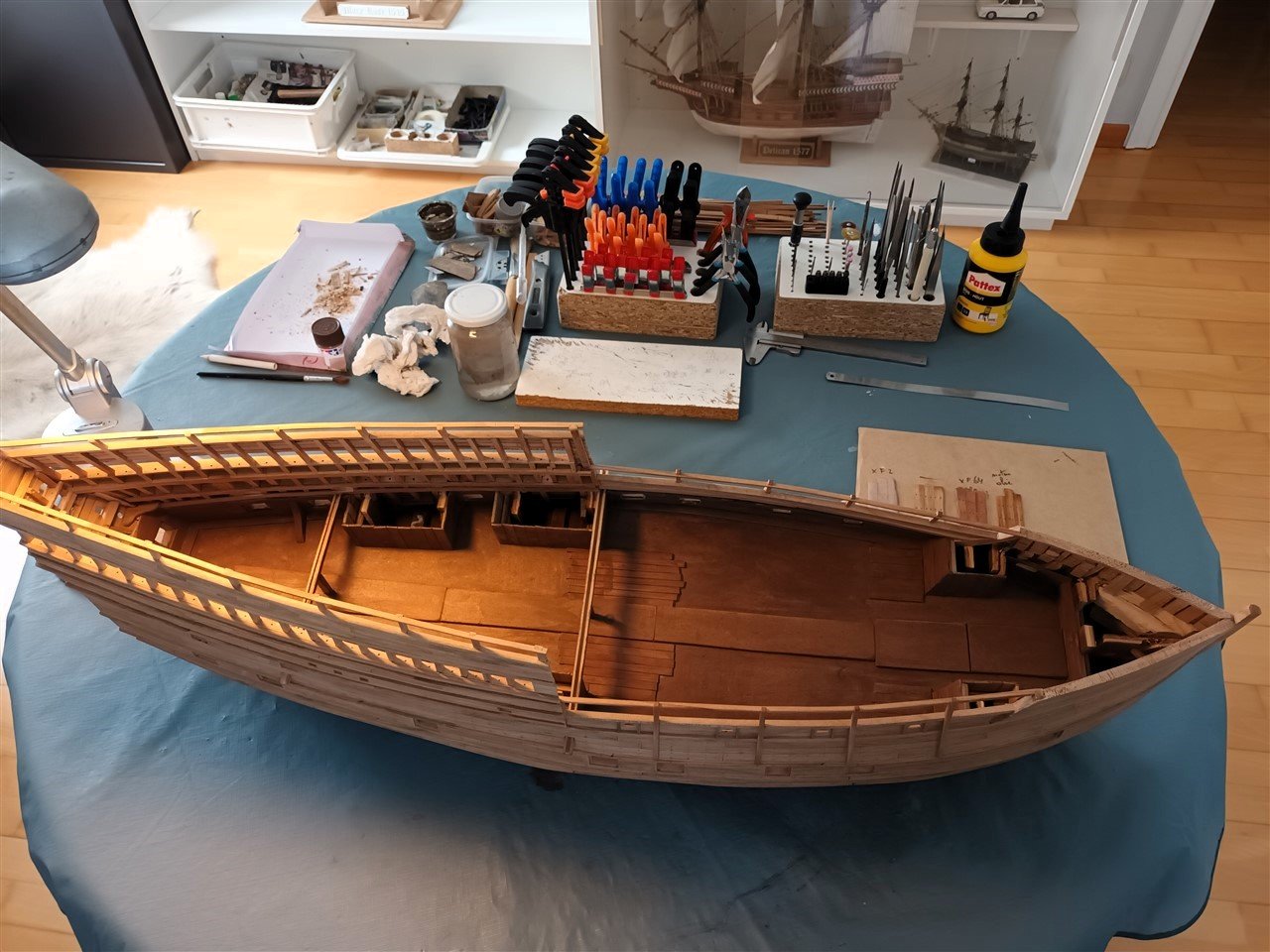
The railing of the upper deck is ready.
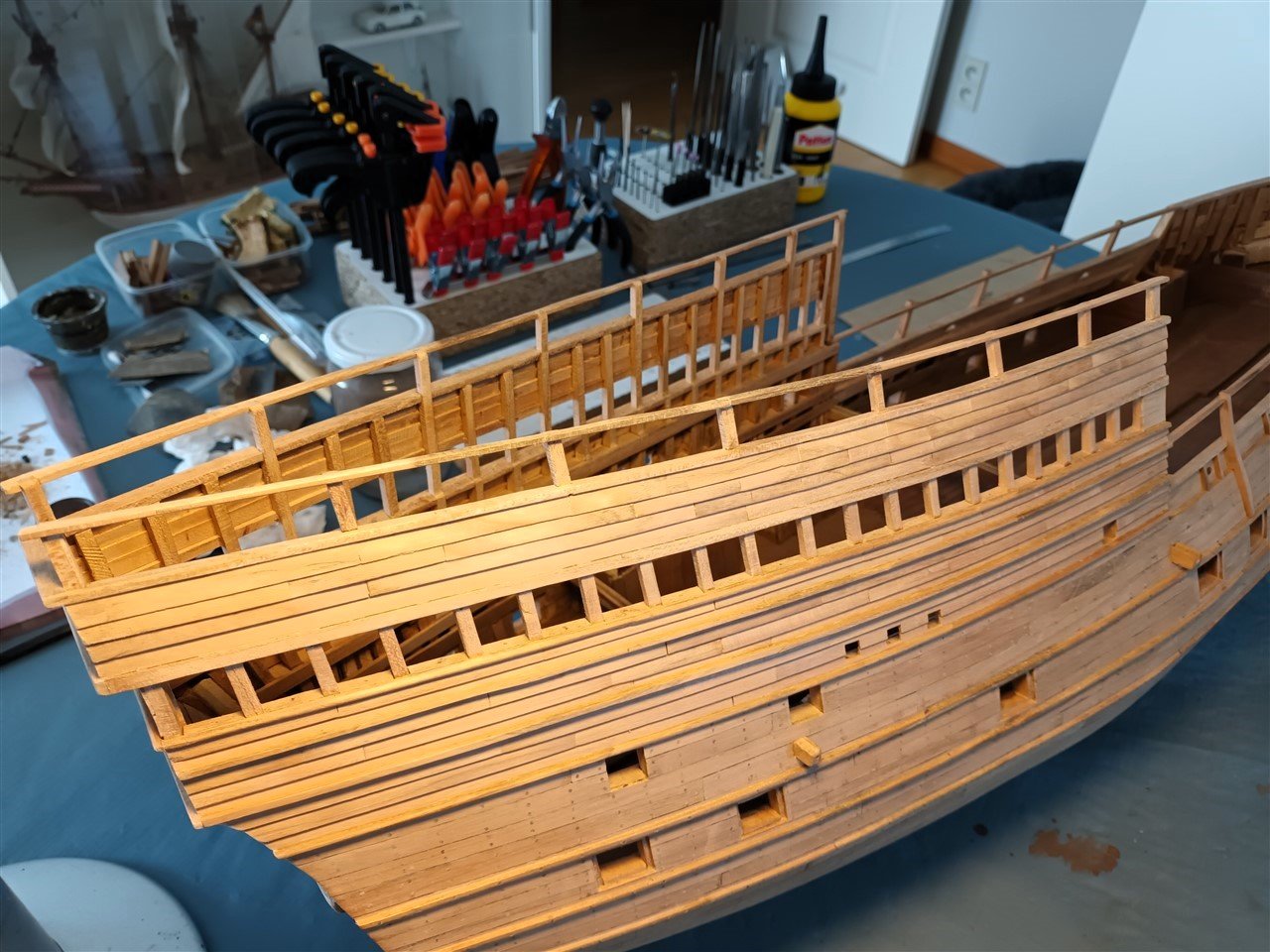
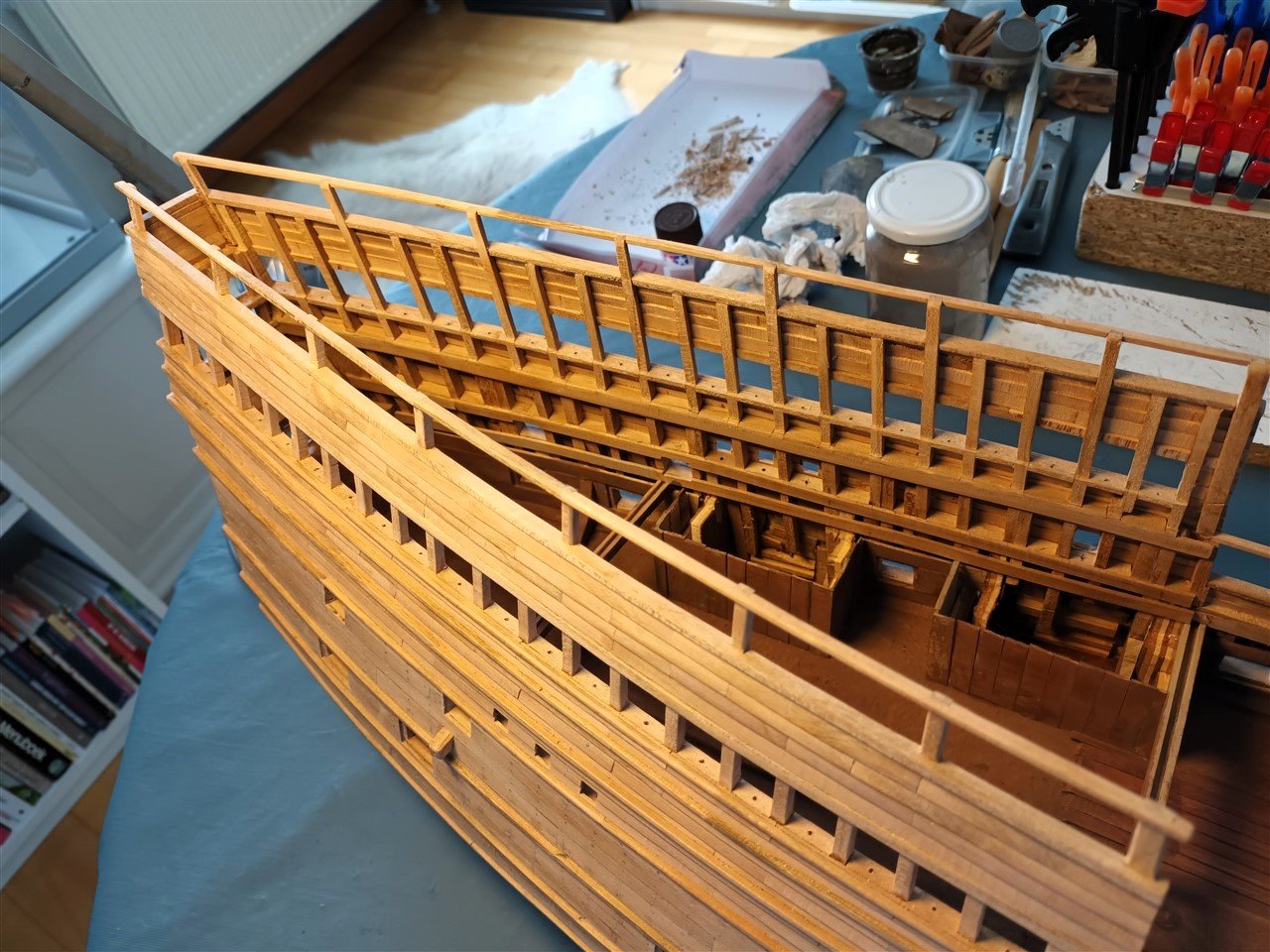
Color test for the hull.
It is not known for sure whether the original ship was white below the waterline. It could be, but it has never been further investigated.To maximize the effect of the treenails, oil will be applied to the hull.
I had some walnut oil left as a test. This is much better than the very diluted Tamya paints.
Walnut oil gives a nice result on wood, but you have to repeat the treatment after a few year. So it will be Danish oil or Tung oil.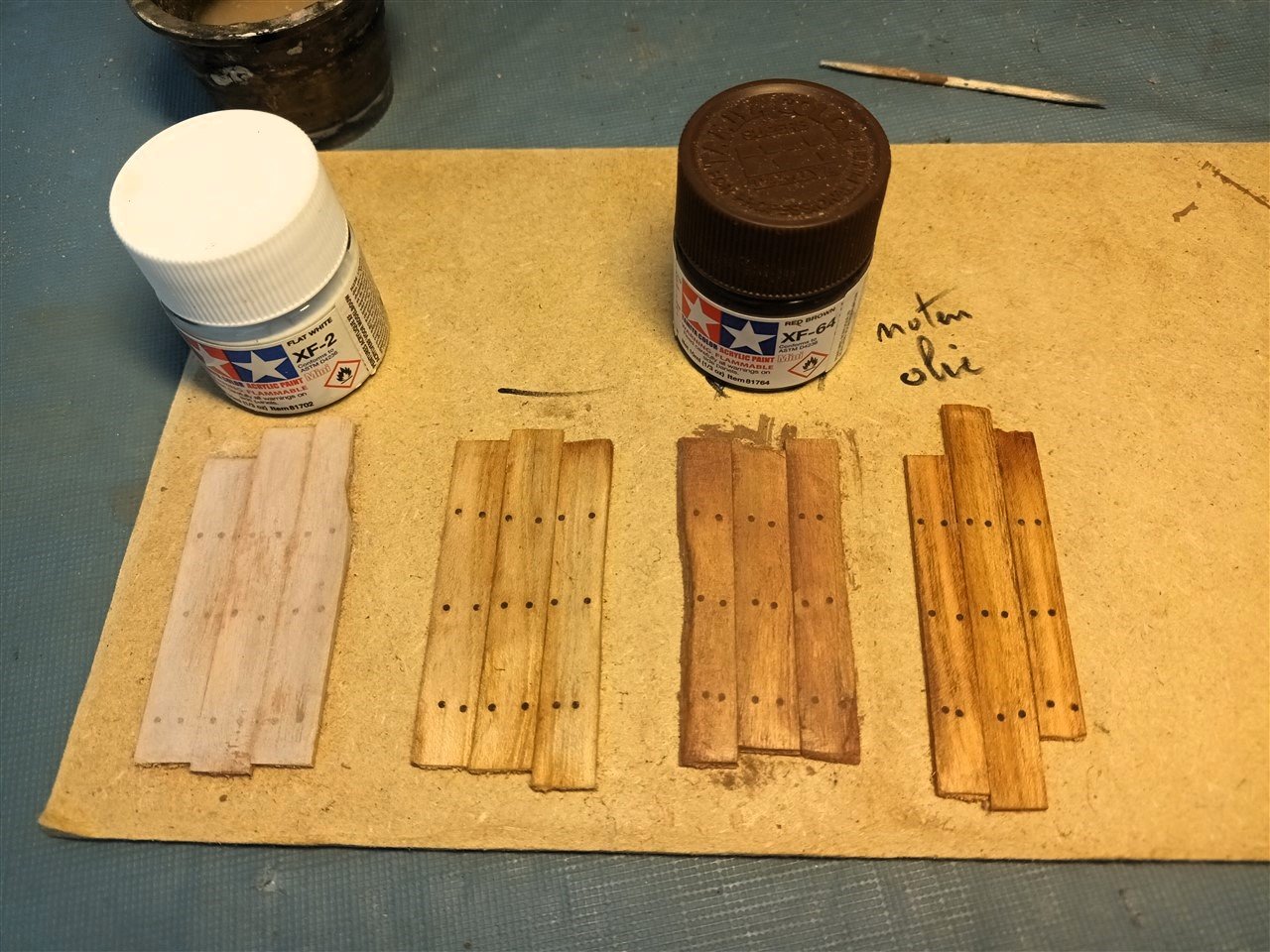
-
9 hours ago, Tim1786 said:
The metal to metal super gluing isn't working.
Is the metal degreased?
The glue to old?
-
3 hours ago, Ferrus Manus said:
3M makes industrial chemical products, right?
Yes.
And
https://www.3m.com/3M/en_US/p/
-
Good job,
if you ever want to start working at 3M.
I will provide good references for you 😉
-
9 hours ago, Ferrus Manus said:
Internet literature is conflicting as to whether or not 70% isopropyl alcohol is effective at melting CA glue
After working at a glue factory (3M) for 38 years.
Heated acetone has the best chance. Isopropyl alcohol certainly not.
But DONT use this heated aceton on your model.
Very flammable and very bad for the model 🧐😉
-
2 hours ago, Pfälzer said:
But i think the Anchor Winche is to big
Maybe a little bit.
Bet who will notice this on the finished model 😉.
-
-
neatly painted 👍
Take your time and be patiënt. And you will build a great model.
Some examples about mold making old scool.
Drawings.
a airfix spitfire.
a mold , the cutty sark from revell
The large brush is the extractor plate of the mold. These extractors are sometimes used for the little holes in models.
and sometimes cause the annoying round holes in the parts that need to be filled in
i went to school to be a mold maker.
and when i graduated in the early 80's there was a global economic crisis and i ended up at GM building Opels.
And so i started making plastic models 😉
- Ferrus Manus, Ian_Grant, Hubac's Historian and 1 other
-
 2
2
-
 1
1
-
 1
1
-
This kit was designed 50 years ago.
back then there were no computers, no 3D printers. everything was designed and drawn manually first with pencil and then with ink.
each pin in your model means drilling an extra hole in the mold
each hole in your model is an extra pin or "ejector" in the mold.
in those days. And for this model count at least a year to design and build the mold, with a whole team of experts.
-
Normaly the schrouds go first.
But if you do the schrouds first, they hinder the application of the running rigging.
And if you do the running rigging first, they hinder the application of the schrouds.
Niet gemakkelijk he...( Eeklo language 😇)
Looking at the links in your signature, you have a lot of experience for this 👍
-
1 hour ago, Ian_Grant said:
A typical Heller feature (or lack of?).
Indeed. ☹️
-
2 hours ago, Ferrus Manus said:
Is it possible I could email Heller for a new sprue? I have heard horror stories about Heller's lack of answering emails. Will they do this for a model that was bought second-hand?
https://www.heller.fr/en/service
-
-
1 hour ago, Ferrus Manus said:
Wow Baker, that was fast! Thank you for the comments on my last project.
I did a little MSW during breakfast 😉.
I will send you some photos via pm
-
-
-
-
-
1 hour ago, PvG Aussie said:
You be the judge
🧐 🤔 👍
reviewed and approved 😉
Very nice work

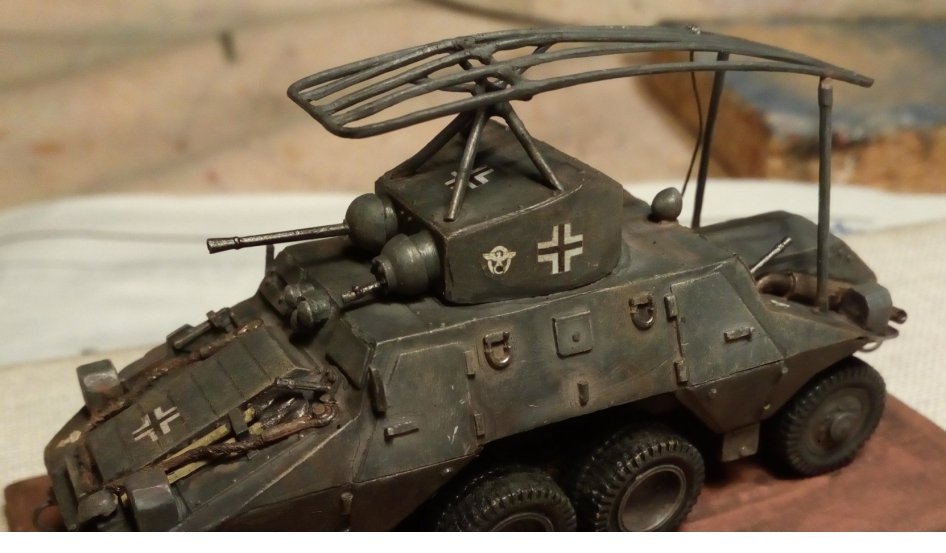

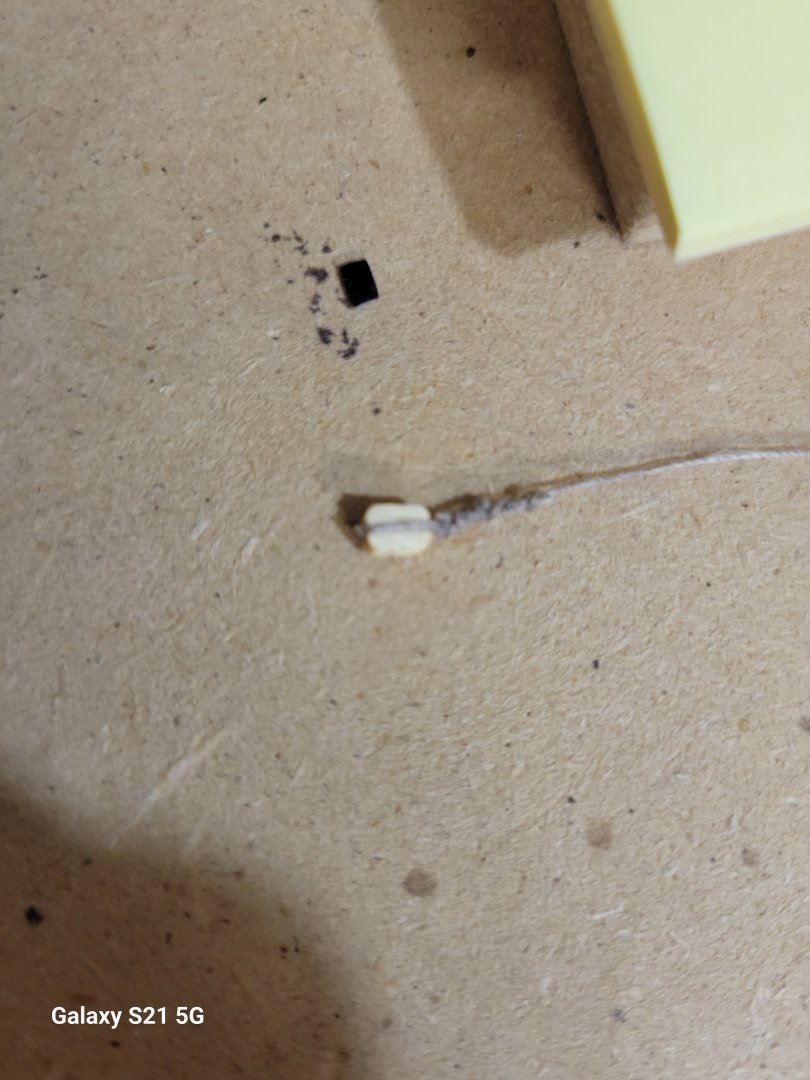
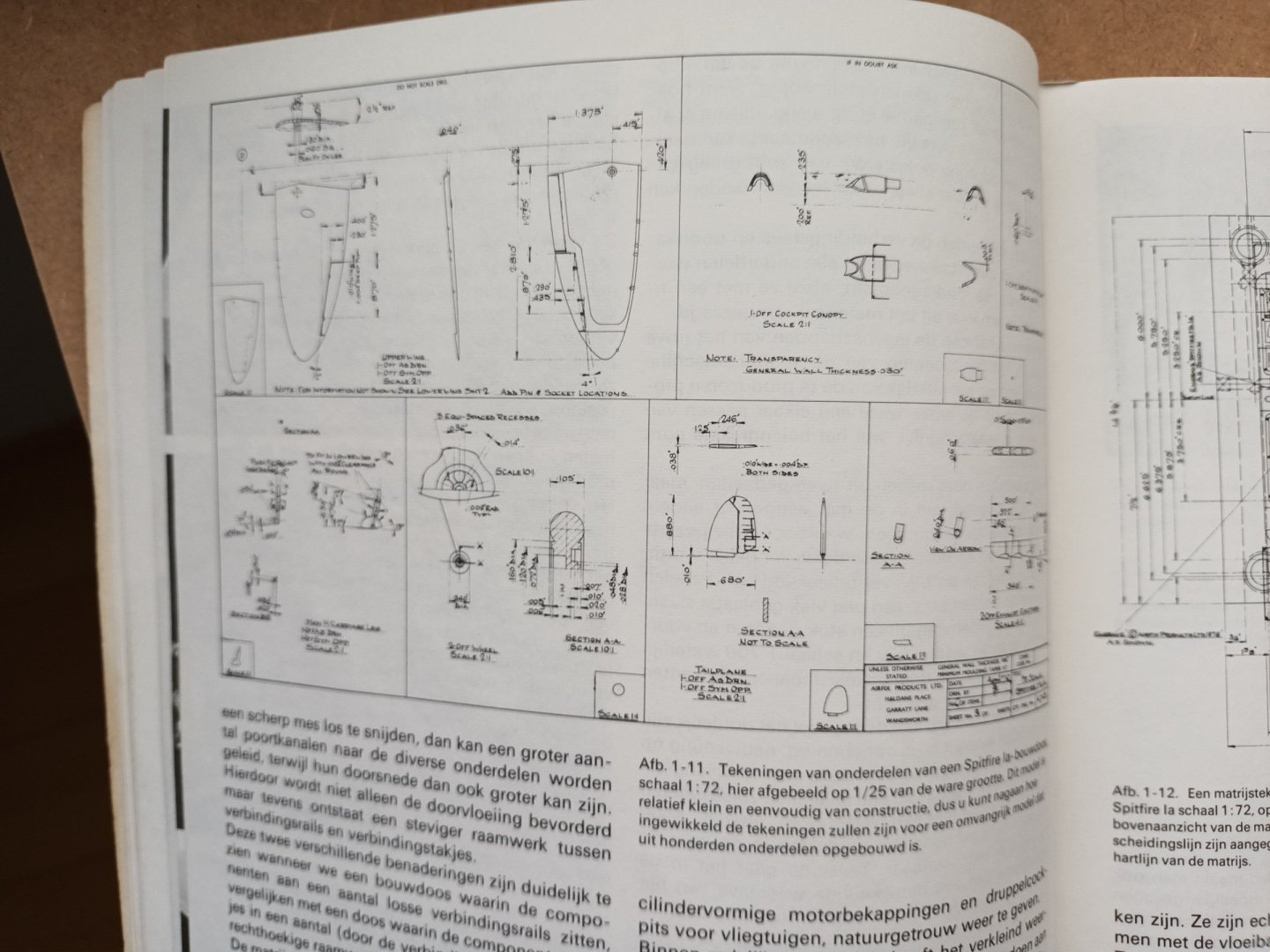
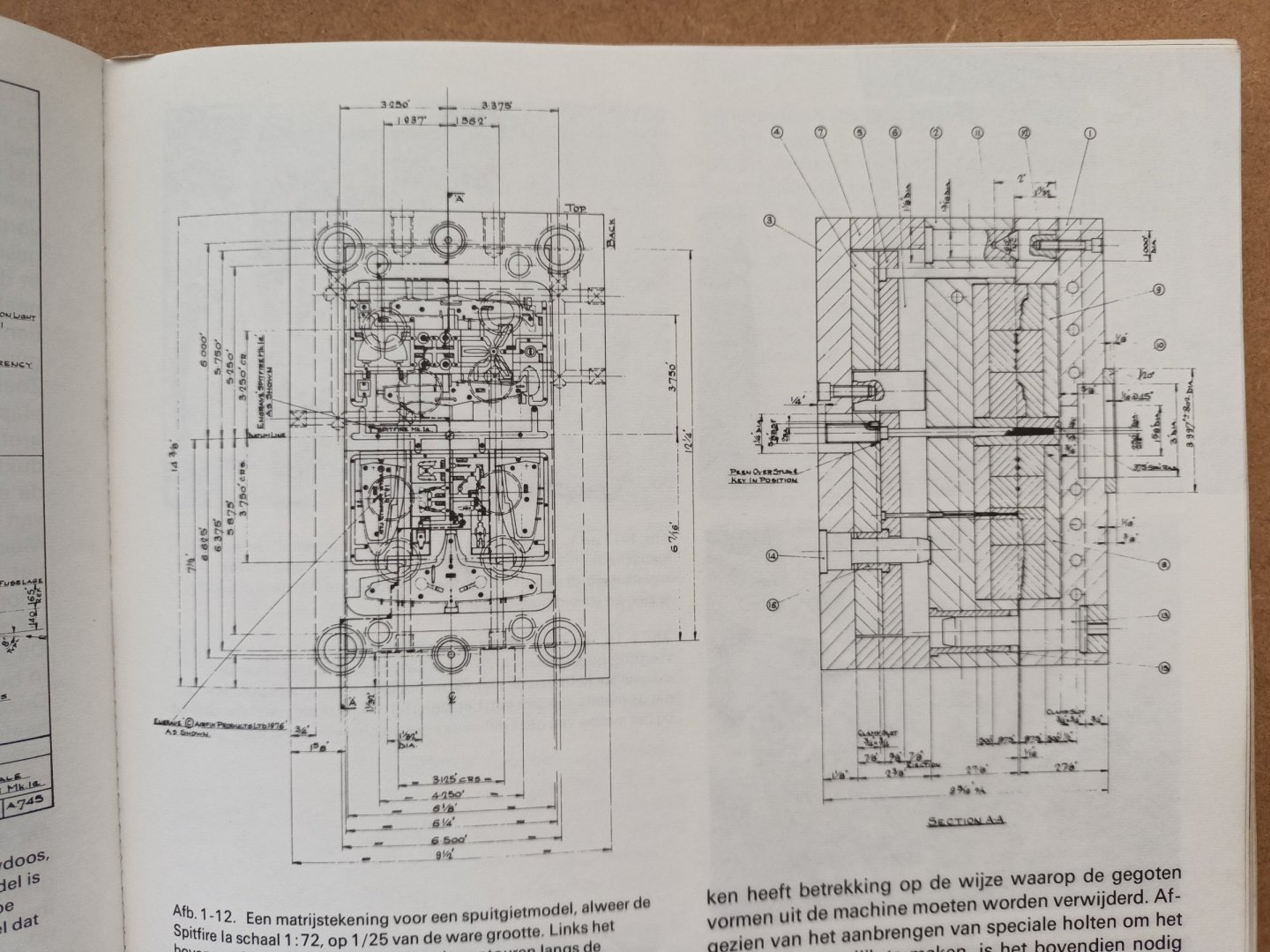
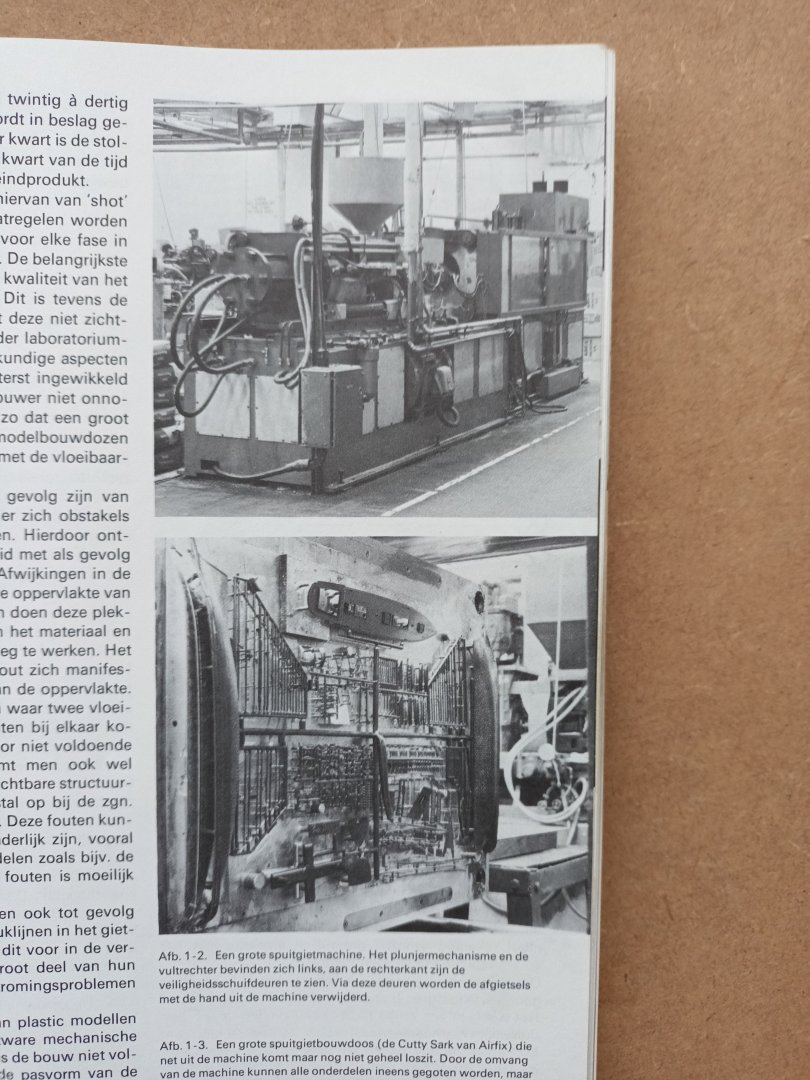
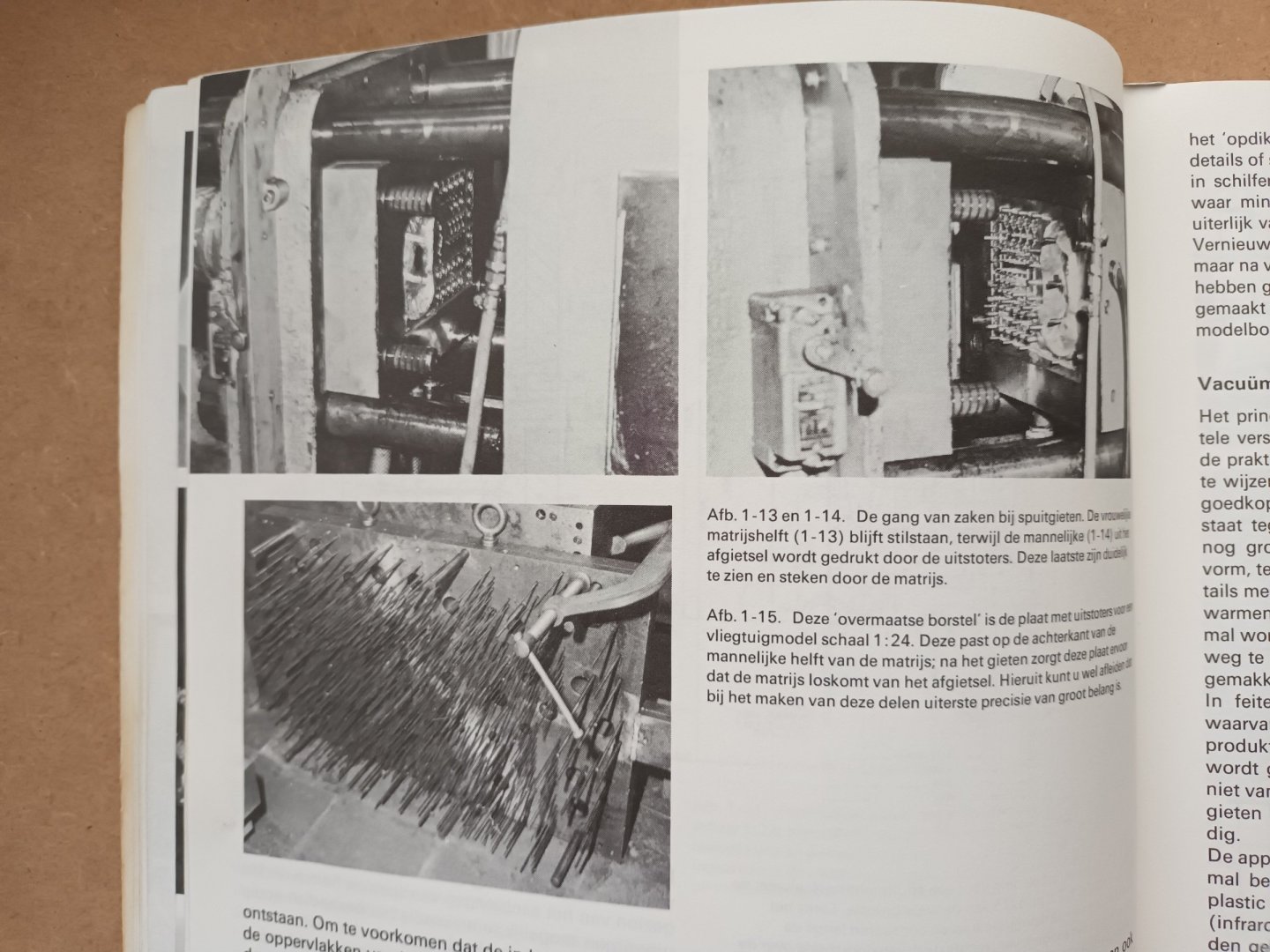

La Reale de France by Ferrus Manus - FINISHED - Heller - 1/75 - the Sun King's finest ship
in - Kit build logs for subjects built from 1501 - 1750
Posted
The floor of the cooking area is usually made of bricks.